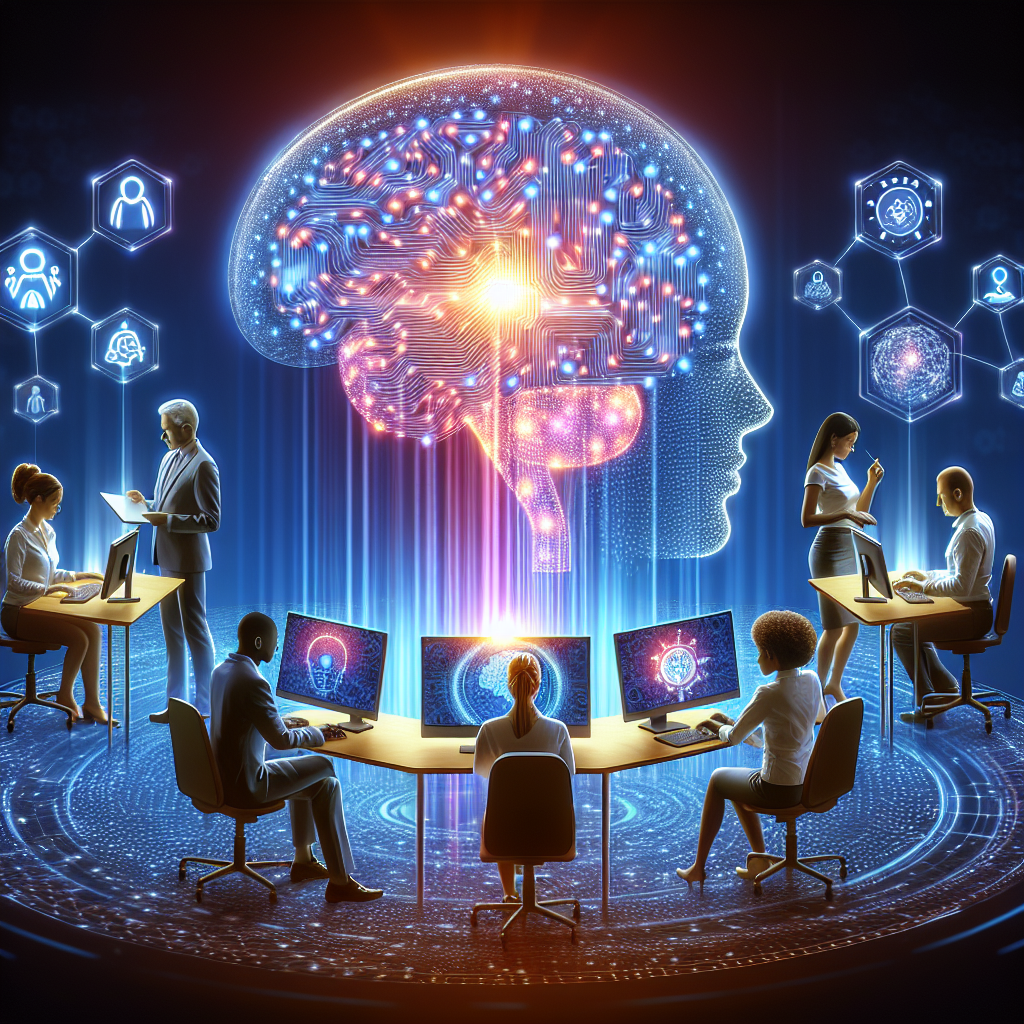The Promise of AI for Nonprofit Organizations: Maximizing Impact Through Technology
Artificial Intelligence (AI) has become a buzzword in the tech industry in recent years, promising to revolutionize various sectors with its advanced capabilities. Nonprofit organizations, which often operate on limited resources and rely heavily on the support of donors and volunteers, stand to benefit greatly from the potential of AI to streamline processes, increase efficiency, and maximize impact.
AI has the power to transform how nonprofits operate, enabling them to better serve their communities and achieve their missions. From predictive analytics to personalized donor outreach, AI can help nonprofit organizations work smarter, not harder. In this article, we will explore the promise of AI for nonprofit organizations and how they can leverage this technology to make a greater impact.
1. Predictive Analytics
One of the key benefits of AI for nonprofits is its ability to analyze large amounts of data to make predictions and inform decision-making. Predictive analytics can help nonprofits better understand their target audience, identify trends, and anticipate future needs. For example, AI can analyze donor data to predict who is most likely to donate in the future, allowing nonprofits to tailor their fundraising efforts accordingly.
By leveraging predictive analytics, nonprofits can make more informed decisions about where to allocate resources, which programs to prioritize, and how to engage with their supporters. This can lead to more effective campaigns, increased donor retention, and ultimately, a greater impact on the communities they serve.
2. Personalized Donor Outreach
AI can also help nonprofits personalize their donor outreach efforts, making communications more relevant and engaging. By analyzing donor data and behavior, AI can segment donors into different groups based on their interests, preferences, and giving history. This allows nonprofits to send targeted messages to specific donor segments, increasing the likelihood of a positive response.
Personalized donor outreach can help nonprofits build stronger relationships with their supporters, increase donor loyalty, and ultimately, raise more funds for their cause. By tailoring communications to individual donors, nonprofits can show them that their contributions are valued and make them feel more connected to the organization’s mission.
3. Automation of Routine Tasks
Nonprofit organizations often have limited staff and resources, which can make it challenging to keep up with the day-to-day tasks required to run the organization smoothly. AI can help automate routine tasks, such as data entry, scheduling, and reporting, freeing up staff members to focus on more strategic initiatives.
By automating routine tasks, nonprofits can increase efficiency, reduce human error, and save time and resources. This can lead to cost savings, improved productivity, and a more streamlined operation overall. AI-powered automation can help nonprofits do more with less, allowing them to maximize their impact on the communities they serve.
4. Enhanced Program Evaluation
AI can also help nonprofits evaluate the impact of their programs more effectively. By analyzing data on program outcomes, AI can provide insights into what is working well and what areas need improvement. This can help nonprofits make data-driven decisions about where to invest resources and how to optimize their programs for maximum impact.
By leveraging AI for program evaluation, nonprofits can demonstrate the effectiveness of their work to donors, funders, and other stakeholders. This can help build trust and credibility with supporters, attract new funding opportunities, and ultimately, drive greater impact in the communities they serve.
5. Improved Decision-Making
Overall, AI can help nonprofits make better decisions by providing them with valuable insights and recommendations based on data analysis. By leveraging AI to analyze data, nonprofits can gain a deeper understanding of their operations, supporters, and impact, enabling them to make more informed decisions about strategy, resource allocation, and program development.
AI can help nonprofits identify trends, spot opportunities, and address challenges more effectively. By using AI to inform decision-making, nonprofits can increase their efficiency, effectiveness, and impact on the communities they serve.
FAQs
1. How can nonprofits get started with AI?
Nonprofits interested in leveraging AI should start by identifying their goals and priorities, and then explore how AI can help them achieve those objectives. They can start by conducting a needs assessment to determine where AI can have the greatest impact on their operations. From there, they can research AI solutions that align with their needs and budget, and start implementing them gradually to test their effectiveness.
2. What are some common challenges nonprofits may face when implementing AI?
Some common challenges nonprofits may face when implementing AI include data privacy and security concerns, lack of technical expertise, and limited resources. Nonprofits should take steps to address these challenges by ensuring that they have robust data protection measures in place, investing in training and development for staff members, and seeking out partnerships with AI experts and vendors who can provide guidance and support.
3. How can nonprofits measure the impact of AI on their operations?
Nonprofits can measure the impact of AI on their operations by tracking key performance indicators (KPIs) related to their goals and objectives. They can use data analytics tools to monitor trends, measure outcomes, and assess the effectiveness of their AI initiatives. By regularly evaluating their progress and making adjustments as needed, nonprofits can ensure that they are maximizing the potential of AI to drive impact and achieve their mission.
In conclusion, AI holds great promise for nonprofit organizations looking to maximize their impact through technology. By leveraging predictive analytics, personalized donor outreach, automation of routine tasks, enhanced program evaluation, and improved decision-making, nonprofits can work smarter, not harder, and achieve greater results with limited resources. By embracing AI and incorporating it into their operations, nonprofits can drive positive change in the communities they serve and make a lasting impact on the world.

